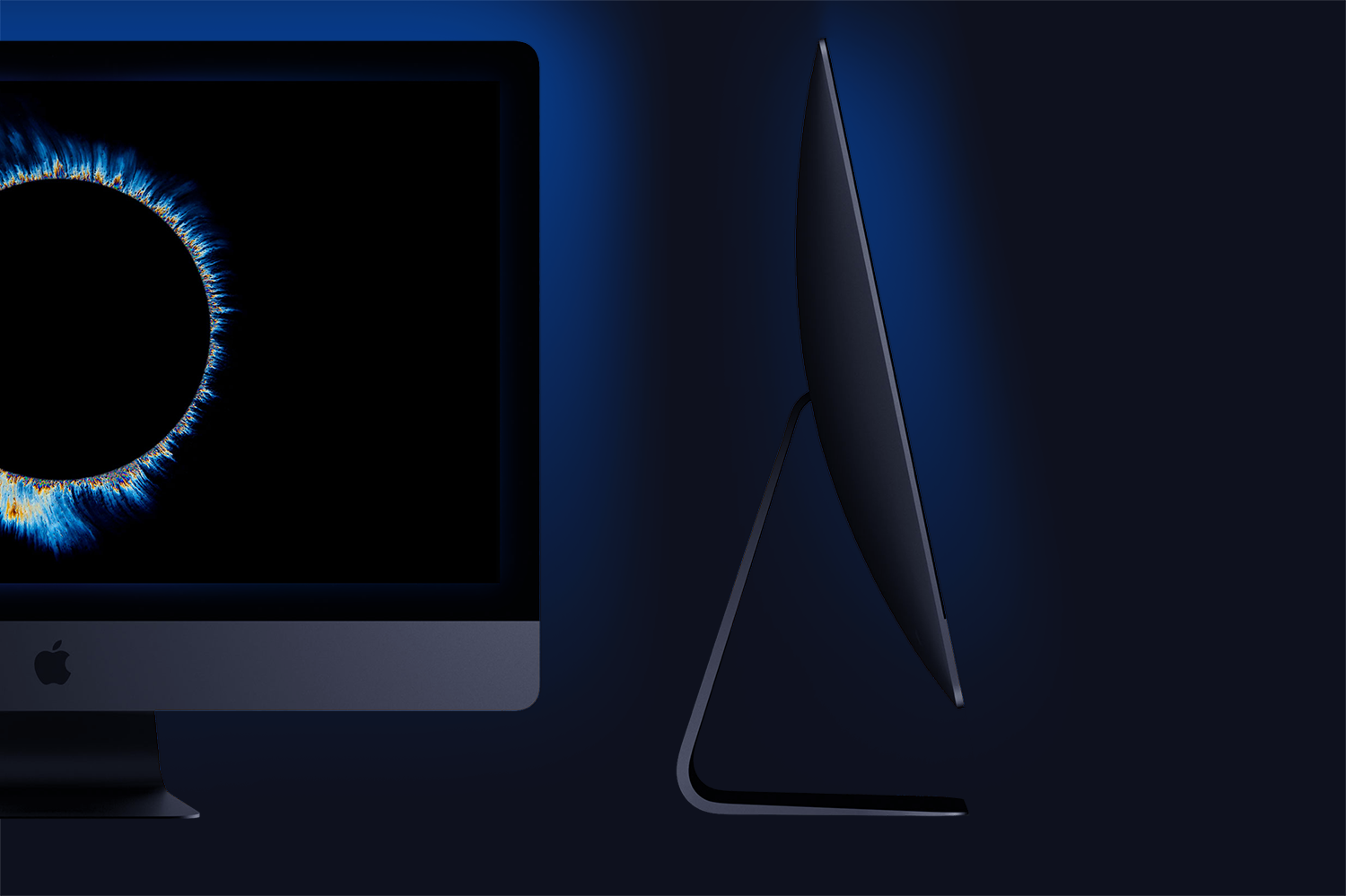
Colophon
About this site
about
Before I continue reinventing my clients’ businesses, I’ve begun reimagining my own, including the way I work with a new blueprint. My approach isn’t always standard. But, then again, neither is my (bespoke) work. This site is a first step; it is written and maintained by me, Abi Brody.
Comments or feedback? I’d love to hear from you.

Philosophy
Content is king.
Content is king
Ever since I worked for Apple and designed applications for photographers and people editing and making videos or music, I learned how important it is to make sure that everything but the content — the human interface, typefaces, and more recede and become virtually transparent and are only present as needed. At the same time, I also learned that design serves the purpose of making people feel welcome, safe, and ‘at home’. Those feelings are created by deliberate choices a designer makes. For instance, choosing a humanist typeface over a geometric one can make a world of differences.
Site Design Principles
Hierarchy
Color indicates which elements are interactive, how they relate to other elements, and their level of prominence. Important elements should stand out the most.
Legibility
Always easy to read, see and scan. Text and important elements, like icons, should meet legibility standards when appearing on colored backgrounds across all screen and device types.
Friendly
Make people feel at home and reinforce the look and feel by showing the basic color palette and imagery at memorable moments that reinforce one’s brand’s or identity’s style.
Typeface
Google’s Noto Serif (display and headings) and Noto Sans (body); Noto Sans for action button labels. I am using Squarespace to serve my typefaces.
More about Noto
As a designer working with people all over the world, I looked for a beautiful but clean humanist sans-serif Web-safe typeface and typeface superfamily that looks good on screen and does not compete with the content and designs in my showcase.
Noto Sans the humanist two-story ‘a‘ is unfussy and clean.
Noto Sans typeface
Noto Serif and Noto Sans were designed to be visually harmonious across multiple languages, with compatible heights and stroke thicknesses.
Noto Serif
Color Palette
Most humans love blue and associate the color with peace and happiness and, in a user interface, with trustworthy experiences.
My site’s core colors are inspired by Nature’s phenomena and the and the electromagnetic spectrum as well as structural color that refracts light, and the human chakras.
More about structural color in my blogpost “color that isn’t color”
About blue
Most common types of colorblindness (Protanopia and Deuteranopia) can see the color blue. This can’t be said for colors like green or red, especially when these a muted (see test). Blue is a trusted color, loved by both genders, world wide.
Choosing blue is not a matter of taste only; it is also human: I am striving to make websites and software products everyone can use, regardless of their abilities. Since blue (and orange) are the two colors that are visible to most humans, including those with visual disabilities, using blue as the default system color makes sense as we are designing with accessibility in mind. Blue is a color of nature, representing the vastness of oceans, the sky, and the ether.
Basic colors are inspired by nature
Extended Palette
When it comes to using color within any screen, content, or application design system, for the use of themes (e.g., light and dark) and the use of color for alerts and warnings, color is quintessential. The following color configurations show how preferred and supplemental colors, which can be expanded analogously to build harmonious color palettes and complementary pairings. Working from these analogous extensions will yield rich results that marry well with our foundational system colors. Supplemental colors work best as a foundation for highlights or accents. They should not be used as a dominant color — specifically warm hues, like coral red or yellow.
Analogous Color
An analogous color scheme adds hues and values that are adjacent to a chosen color on a color wheel. For example, red to orange.
Complementary Color
A complementary color scheme adds hues and values that are opposite to a chosen color on a color wheel. For example, red and green.

All photography on this page is either licensed from Adobe stock, Unsplash and/ or are montages by Abigail Brody created from images either taken by Abigail Brody and/or from various sources mentioned on this page. Images that depict devices and software were either taken by Abi Brody or were downloaded from the respective PR and Media Websites.
Questions or comments, please contact me here.

Logo
The ‘blob’-like backdrop for my current identity is created to look like clay or putty — in a state ready to become something new. That represents my open mind towards my customers or partners.
I intentionally chose a shape that is compact and suitable for mobile but not perfect, like a circle or square. Instead, I gave it a human expression, with attributes that are reminiscent of a thumbprint, always ready to delight or surprise someone.











